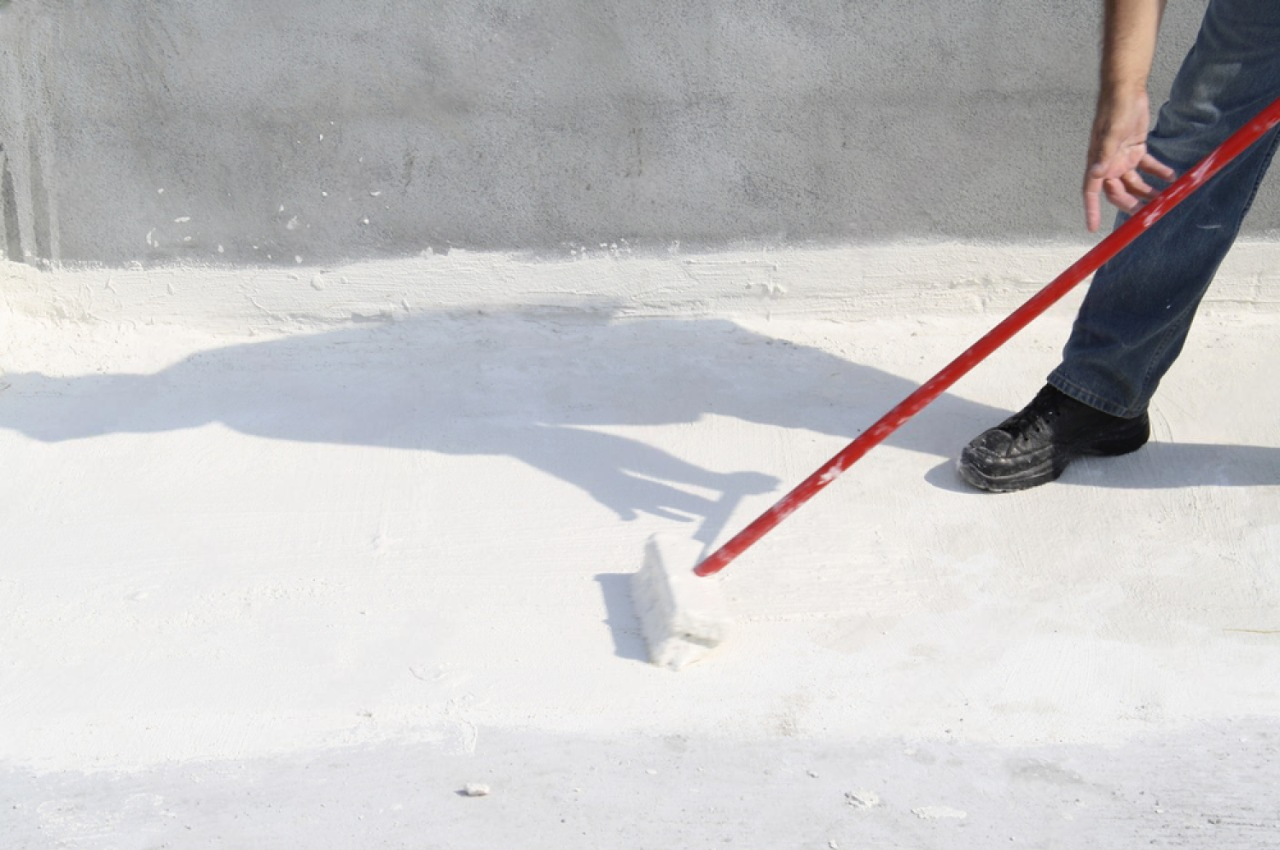Although we tend to use the terms waterproofing and damp proofing interchangeably, there is a significant difference between the two. Waterproofing is far more effective as it keeps water in its various states from crossing a surface, therefore moisture from the soil, water vapour and water under hydrostatic pressure is efficiently barred. Whereas damp proofing only controls water vapour from the soil moisture and will not stop the inflow of liquid water. This is an important difference to appreciate and helps you decide on whether damp proofing can be enough for your foundation or basement especially if you live in a damp climate or if there is a likelihood of flooding in your region.
Therefore damp proofing will only keep the dampness out of your basement or foundation, it cannot prevent water from seeping in through cracks. On the other hand, waterproofing is effective in preventing water from entering your basement through any holes or cracks. Since waterproofing materials are more flexible in nature and are applied as a thicker layer, it helps to keep the cracks covered and provides better insulation to the foundation as well as the structure.
The foundation is the key to a strong sustainable structure. Due to the capillary movement of water, the water rises from the soil to the plinth. And as it passes through the foundation it rises higher and reaches the walls causing damp walls, which in turn can result in the growth of mould and fungi and can cause multiple health issues.
Traditionally, a rich cement paste or tar was used to cover the plinth or foundation. However, such systems failed as they become brittle over time and develop cracks. It is best to use Dr. Fixit Solyseal as a waterproofing barrier for foundations and plinth, which protects against rising dampness. It is easy to apply and also protects the structure against the chemicals in the soil.
Waterproofing also eliminates the inflow of water and moisture that can enter the home through the ceiling, wall and roof cracks; therefore these are also areas that must be waterproofed to ensure a lasting solution. Damp proofing them may not be sufficient.
In fact, while constructing a new building, you could use LW+ integral waterproofing solution which enhances and modifies the properties of cement to prevent cracks and dampness, to increase the strength of concrete, delay the corrosion of steel bars and to improve the workability of mortar.
Waterproofing your home essentially provides a security blanket towards the health of your home. Conventional damp proofing methods are insufficient and it might, therefore, be a good idea to spend a little more and get quality waterproofing done to protect your house, family health and financial investment.
Quality waterproofing can be the difference between a strong, long lasting, healthy home and one that constantly requires repair and maintenance.
